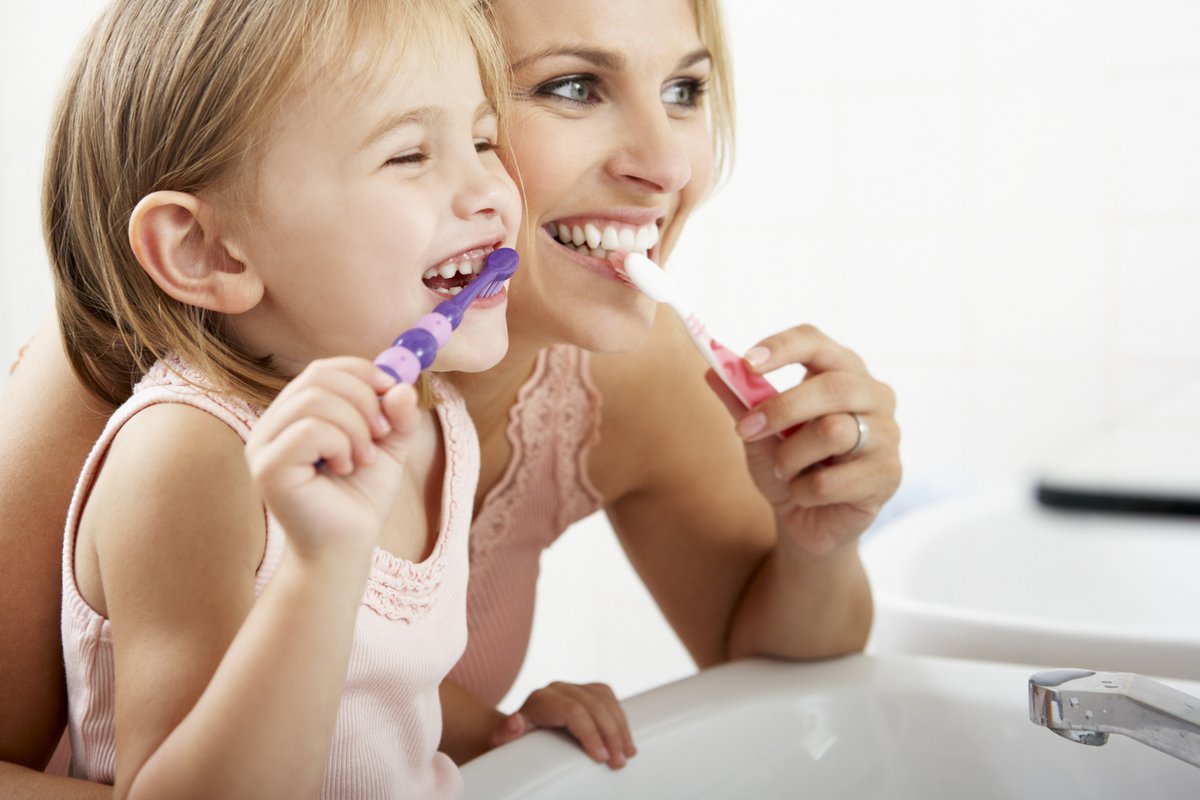
“Gain a child, lose a tooth”, a popular saying goes. But as with most sayings, it is difficult to tell whether this perception is merely a feeling or actually based on facts – until now. A team of researchers used SHARE data to examine the proverb’s claim and found: there indeed seems to be a causal link between the number of children and their mothers’ number of teeth.
Using SHARE data to examine the proverb
For their study, the researchers used data from the fifth wave (2013) of the Survey on Health, Ageing and Retirement in Europe (SHARE). SHARE provides representative data on health, socioeconomic status, social and family networks for over 120,000 older adults from 27 European countries and Israel. The authors studied a sample of survey participants aged 50 years or older with at least two children. Special attention was paid to families who had a third child after the first two had the same sex because in this constellation the likelihood of having a third child rises: parents often hope to have a girl after the first two were boys and vice versa. These families were then compared to families whose first two children had different sexes. The final dataset thus included around 34,000 individuals with information on fertility and dental health.
Mothers are at risk for losing more natural teeth than fathers
The results of the study provide quasi-experimental evidence for the claim “Gain a child, lose a tooth”. The authors observe a statistically significant relationship between the number of children and missing natural teeth in women: when an additional birth was given after the first two children had the same sex, women had fewer teeth than women without an additional birth whose first two children had different sexes. Such an effect could not be identified for men.
The results provide evidence that an additional birth could be detrimental to the oral health of the mother, but not to that of the father. Moreover, the authors of the study argue that two singleton pregnancies could have a different effect on the mother’s dental health than one multiple pregnancy. Although the relevance of pregnancy-related and parenting-related determinants needs to be further examined, the authors point out that an additional maternity is accompanied by an increased risk of gum disease as well as an additional cycle of parenting, both of which are factors that should be taken into account in reference to oral health.
Oral health promotion for expecting and parenting mothers could prevent tooth loss
Although the study is the first to establish causal inference about links between fertility and oral health, there is an undoubted need for further research into the specific implications of pregnancy-related vs. parenting-related determinants. Nevertheless, in the light of the study’s findings, the authors suggest that intensified provision of information and services in direct or indirect regard to oral health (e.g. tooth-friendly nutrition) during pregnancy and after birth might be sensible.
Observing their study results which are based on an older population, the authors refer to the sociobehavioural aspect of parenthood and to expected discrepancies between generations. “The changing role of modern day fathers might provide an interesting analytical setup”, the authors conclude with regard to future research.
Study by Frank Gabel, Hendrik Jürges, Kai E. Kruk, Stefan Listl (2018): Gain a child, lose a tooth? Using natural experiments to distinguish between fact and fiction. Journal of Epidemiology & Community Health.
URL: http://jech.bmj.com/content/early/2018/02/16/jech-2017-210210
Foto: Monkey Business/ Fotolia

